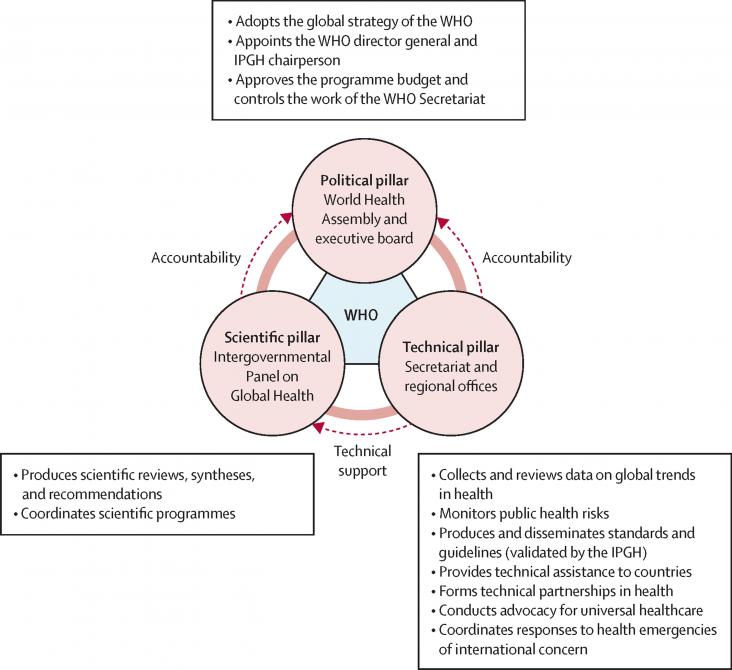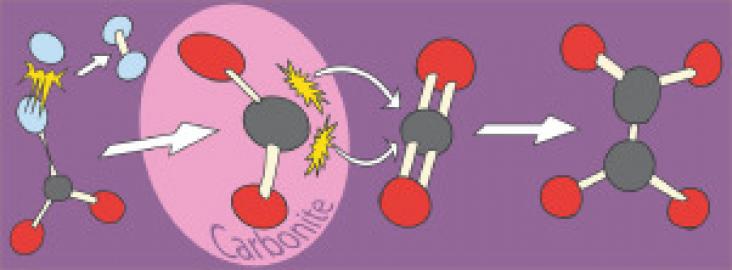Sustainable food packaging against plastic pollution & waste.

This Comment article supports SDG 3, 13, and 17 by advocating the creation of a new model of multilateral governance on the basis of the experience gained in two other areas of global public goods governance—climate change and biodiversity.

Conversion of CO2 to valuable chemicals such as polymers via the electrochemical reduction of CO2 to formate followed by the formate to oxalate coupling reaction (FOCR) is an interesting concept to replace fossil feedstocks with renewable ones.
Of all the types of renewable energy, Renewable Natural Gas (RNG) market has been more supported and developed in Canada due to the lower project cost and the existing NG pipeline infrastructure.
Taking the devastating 2019–2020 Australian bushfires as a starting point, and how it attracted significant activity on social media, both in Australia and worldwide, this research uses corpus-based discourse analysis to explore the impact of this significant environmental crisis event on climate discussions on Australian Twitter, with a focus on discursive struggle and (de-)legitimation.
A research paper by Hannam 2022 underlines the complexities of soil and land degradation and the pursuit of Land Degradation Neutrality (LDN), emphasizing its integration into global policy frameworks like the United Nations' Sustainable Development Goal 15 and the Convention to Combat Desertification. It argues for essential reforms in soil governance, advocating for inclusive participation, legislative provisions, and practical guidance to ensure progress towards LDN targets while maintaining soil and ecosystem functions.
An Article in support of SDGs 3, 7, and 13, showing that adopting strict climate policies (the 1·5°C and 2°C targets) and strengthening clean-air policies could achieve major improvements in air quality and substantially reduce the human health effects from air pollution in China.
Urban climate change agenda furthered by aligning adaptation plans with development goals. Near-term benefits delivered by aligning adaptation, mitigation and development. Synergistic adaptation-mitigation planning leads to inclusion of co-benefits and avoidance of trade-offs. Informal networks can enhance coordination required for co-benefit approaches.
Temperature and sea level rise threats to aquaculture were the main focus in science and the news. At least 10 countries linked current impacts on aquaculture to climate change. Global papers cited technology for adaption, while regional papers cited governance.
Background: Road-traffic injuries are a key cause of death and disability in low-income and middle-income countries, but the effect of city characteristics on road-traffic mortality is unknown in thes
